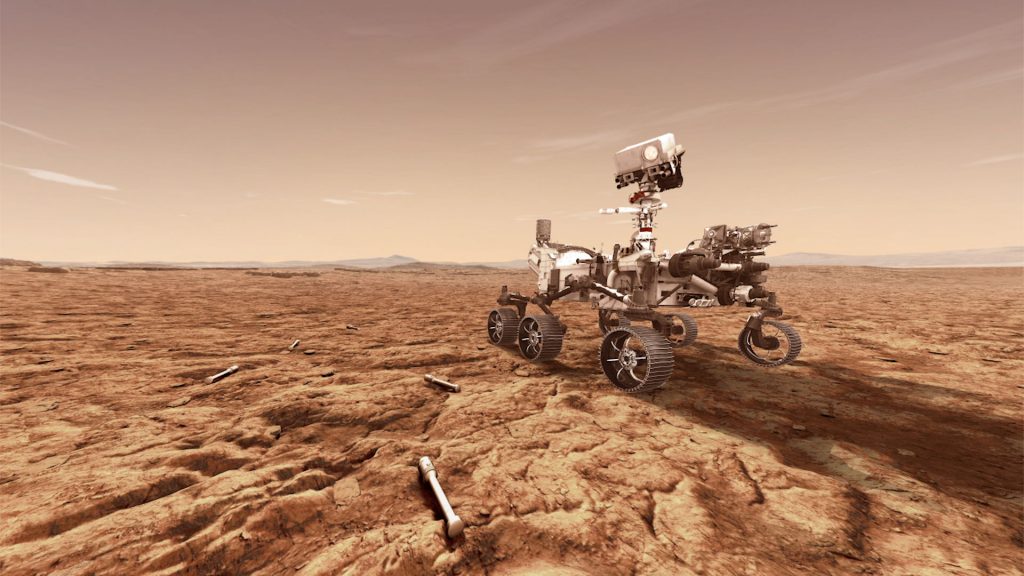Washington: A team led by Indian-origin scientist Vijay Ramani in the US has developed a new system that can extract oxygen and hydrogen fuel from the salty water on Mars. This new development may radically change the logistics of future missions to the Red Planet and beyond. Vijay Ramani is a professor at the Washington University.
The research team noted that Mars is very cold, and water that is not frozen is almost certainly full of salt from the Martian soil. It lowers its freezing temperature.
Using electricity to break the briny water down into oxygen and hydrogen fuel requires removing the salt. It is a cumbersome and a costly endeavour in a harsh, dangerous martian environment, they said. The team then examined the new system in a simulated Martian atmosphere at minus 36 degrees Celsius.
“Our Martian brine electrolyser radically changes the logistical calculus of missions to Mars and beyond. This technology is equally useful on Earth where it opens up the oceans as a viable oxygen and fuel source,” said Ramani.
In 2008, NASA’s ‘Phoenix Mars Lander’ ‘touched and tasted’ Martian water, vapours from melted ice dug up by the lander. Since then, the European Space Agency’s Mars Express has discovered several underground ponds of water. Those remain in a liquid state thanks to the presence of magnesium perchlorate salt.
In the journal Proceedings of the National Academy of Sciences (PNAS), the researchers noted that in order to live – even temporarily – on Mars, not to mention to return to Earth, astronauts will need to manufacture some of the necessities, including water and fuel, on the Red Planet.
NASA’s Perseverance rover is en-route to Mars, carrying instruments that will use high-temperature electrolysis. However, the Mars Oxygen In-Situ Resource Utilisation Experiment (MOXIE) will be producing oxygen only, from the carbon dioxide in the air.
The system developed in Ramani’s lab can produce 25 times more oxygen than MOXIE using the same amount of power. Researchers said the system also produces hydrogen. It could be used to fuel astronauts’ trip home.
“Our novel brine electrolyser incorporates a lead ruthenate pyrochlore anode developed by our team in conjunction with platinum on carbon cathode” Ramani said. “These carefully designed components coupled with the optimal use of traditional electrochemical engineering principles have yielded this high performance,” he added.
The careful design and unique anode allow the system to function without the need for heating or purifying the water source. “Paradoxically, the dissolved perchlorate in the water, so-called impurities, actually help in an environment like that of Mars,” said Shrihari Sankarasubramanian. He is a research scientist in Ramani’s group and joint first author of the research paper on the study.
“They prevent the water from freezing and also improve the performance of the electrolyser system by lowering the electrical resistance,” added Shrihari.
